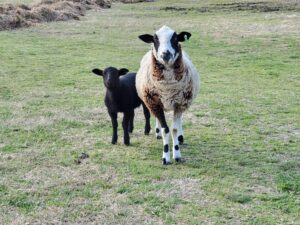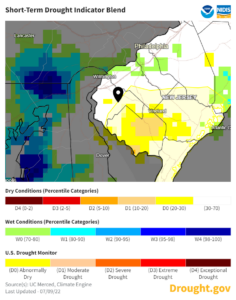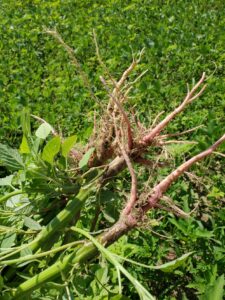Livestock producers will benefit from a blog on the South Dakota University website for the Department of Veterinary & Biomedical Sciences documenting interesting case diagnostics. The site can be found at https://www.sdstate.edu/veterinary-biomedical-sciences/whats-doc-case-reports.
Additional veterinary livestock case study sites:
https://tvmdl.tamu.edu/case-study-library/case-study-library-bovine/
If you don’t already have this book in your library, consider getting a copy of the https://www.merckvetmanual.com/.
Pinkeye reports are coming in more frequently in drought stricken areas of the western Unite States. With show season underway and cattle moving across states, be on the alert for pinkeye cases cropping up as dry and hot weather conditions continue.
University of Kentucky resource: https://ruminant.ca.uky.edu/files/factsheet_on_pinkeye_final.pdf


 lmer amaranth are outpacing soybean height in fields yet to be sprayed. Weed control in soybeans is noticeably better this year compared to conditions this time last year.
lmer amaranth are outpacing soybean height in fields yet to be sprayed. Weed control in soybeans is noticeably better this year compared to conditions this time last year.